Hide Show
Sell/Trade Us Your Car | Click Here To Learn More
Your tire pressure light provides a critical reminder to restore the pressure in your vehicle's tires when it gets low. You should only attempt to reset the light after first addressing the tire pressure in every tire. Once your tires are at the appropriate pressure, the light may go off on its own. If it doesn't go off right away, driving at 50 mph for about 10 minutes should help the tire pressure sensor reset.
If the tire pressure light is still on, there are a few more tricks you can try:
TPMS stands for Tire Pressure Monitoring System. The tire pressure light is one component of this electronic system, providing a visual alert when your tire pressure is low. The TPMS monitors tire pressure using either an indirect or direct method.
An indirect TPMS measures the rate of revolution for each wheel. If a wheel starts spinning faster than anticipated, the system signals to your vehicle's computer that something is amiss with the tire rotation, and your tire pressure light comes on. You must manually reset the monitor in an indirect TPMS system.
A direct TPMS uses pressure monitoring sensors in each tire to monitor tire pressure exactly. This is a more accurate alternative to an indirect TPMS system. The batteries inside these sensors will last for about 10 years. Direct TPMS systems reset automatically after tire inflation or rotation. You do need to have these sensors resynchronized when you get new tires, which requires a special tool.
Yes, cold weather will affect the air pressure in your tires. Your tires lose one or two pounds per square inch (PSI) for every 10 degrees that the temperature drops. Cold air condenses while warm air expands. Therefore, the colder air in your tires will take up less space in lower temperatures.
You may find that your TPMS light is only illuminated for a short time in the morning on particularly cold days. After about 20 minutes of driving, the air will often warm up and expand, restoring proper pressure in your tires. If the light stays on after 20 minutes on the road, you should add air to your tires as needed to restore the proper pressure. Low tire pressure is hazardous for your vehicle regardless of the cause.
If the light stays on after 20 minutes on the road, you should add air to your tires as needed to restore the proper pressure. Low tire pressure is hazardous for your vehicle regardless of the cause.
When the tire pressure monitor light is on, the first thing you should do is check the pressure in each of your tires, including the spare. Check the manufacturer's recommendation to determine the appropriate pressure for each tire. This is typically between 30 and 35 PSI but may vary. You should measure tire pressure when the tires are cold, which means they have not been driven in the last three hours.
To check the pressure, simply unscrew the valve cap and insert a tire gauge into the valve stem. The gauge will provide a clear reading. Replace the valve cap when you're finished. If your tires are all at the appropriate pressure, there's a malfunction with your TPMS. Bring your vehicle to an authorized dealership service center to diagnose and resolve the issue.
If the tire pressure monitor light is on, you should check your tire pressure as soon as possible. Low tire pressure creates a serious hazard on the road. According to the National Highway Traffic Safety Administration, 738 people died in tire-related crashes in 2017. When tire pressure is low, the tire has more contact with the road. This may cause the tire to overheat, leading to tread separation, excessive tire wear, or a blowout.
Low tire pressure also wreaks havoc on your fuel efficiency. You can save up to 11 cents per gallon simply by keeping your tires properly inflated. You'll also save money on tire replacements with adequate inflation. Keeping your tires properly inflated can add 4,700 miles to the tire's average lifespan.
The tire pressure monitor light gives you valuable information and should not be ignored.
You do not necessarily need to have your TPMS sensors replaced with new tires, but this is a good time to check them and make sure they're still in good condition. If you have an indirect TPMS system, your mechanic will need to manually reset the sensors after changing your tires. If you have a direct TPMS system, no additional maintenance is required to reset the system.
If you have an indirect TPMS system, your mechanic will need to manually reset the sensors after changing your tires. If you have a direct TPMS system, no additional maintenance is required to reset the system.
A new TPMS system will typically last for about 10 years before the batteries run out. If you have an older vehicle, you may need new sensors every five or six years. Your mechanic can advise you on the best time to replace TPMS sensors for your vehicle. When new sensors are installed, the system must relearn the location of each tire, which requires a detailed series of technical procedures. You should leave this task to a professional.
If you need tire service for your Toyota, come to Kings Toyota for prompt, reliable service. Our highly-trained technicians are equipped to assist with any type of tire issue, whether you need new tires or have a malfunctioning tire pressure sensor light. Make your appointment today.
First Name*
Last Name*
Contact Me by*
EmailPhone
15/08/2021
Posted by: TPMS Bypass
When your tire is underinflated, an icon, horseshoe-like with an exclamation point, illuminates on the gauge cluster of your car’s dashboard. The technology responsible for giving out this alert is the tire pressure monitoring system (TPMS).
The technology responsible for giving out this alert is the tire pressure monitoring system (TPMS).
The TPMS gets information regarding their air pressure level from sensors. Depending on the type of TPMS installed in your car, the system may be relying on air pressure sensors inside your tires or the anti-lock brake system wheel speed sensors.
Why Do People Opt to Disable Their Tire Sensors?Clearly, these sensors are critical for your TPMS to work. But why do some car owners choose to disable their tire sensors?
First, you have to understand that sensors need to be in tiptop condition and mounted properly as well as reset accordingly to avoid false underinflated or overinflated tire alerts.
Yes, you read that right! Your TPMS may warn you that one of your tires do not have the correct air pressure level even if there is no real issue. There are various reasons for this, but the problem has something to do with the sensors most of the time.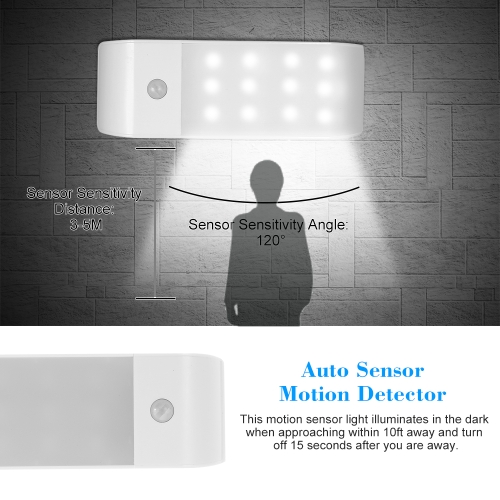
For example, the TPMS warning light turns on when a relearn is not done after replacing your flat tire. In this situation, the system is still getting signals from the replaced underinflated tire instead of the new one. This is why you get an alert that you have a flat tire.
False TPMS warning alerts rarely indicate a major issue with your vehicle – one that diminishes its roadworthiness and threatens your safety. However, dealing with them can be inconvenient, annoying and even expensive since you might need professional help to resolve the issue.
These false alerts can also be distracting as the warning light stays on until the issue is resolved. This can be dangerous since a distracted driver is more likely to get in a car collision.
Inconvenience, annoyance, additional expense and safety hazards – these are just some of the reasons why a handful of car owners are disabling their TPMS.
Disable Tire Sensors – What Does It Mean & Can It Be Done?When people ask about disabling their tire sensors, what they actually want to know is if there’s a fuse that can turn off the TPMS.
Currently, the tire pressure monitoring systems installed in vehicles do not have an on/off button. Similarly, cars do not have a built-in fuse to stop sensors from transmitting information to the electric control module (ECM).
Due to the absence of an on/off switch, some employ crude methods to disable their TPMS.
For example, some choose to remove one of the sensors or forego buying a replacement when it gets damaged. It should be noted, though, that these options do not turn off the TPMS. In fact, doing these things is going to cause the warning light to stay on.
Others resort to putting black tape on the icon to resolve the issue of having an illuminated TPMS warning light. This way, they no longer see it and get distracted.
You are going to find other proposed methods of disabling the TPMS. But unlike the one mentioned above, these methods would require you to tinker with your car’s wirings or ECM. Apart from being complicated, these options can be risky because they can compromise the roadworthiness of your vehicle.
Now, is there a better way of turning off your TPMS?
Yes, there is a sophisticated yet non-invasive method of disabling your tire pressure monitoring system. All you have to do is use an emulator designed to bypass the TPMS.
The TPMS bypass emulator is a small box-like device equipped with technology to “turn off” your tire pressure monitoring system. Once it is activated, you don’t have to worry about the TPMS warning light turning on. Even if you have a damaged sensor or forget to relearn after changing tires, the warning icon is no longer going to light up.
With this device, it is as if you have a TPMS on/off button. Activate it and keep it in your car to disable the TPMS. Deactivate the device if you want to enable the system and get alerts about your tire’s pressure level.
It is also worth mentioning that the device won’t require you to manipulate any wires in your car or modify the ECM.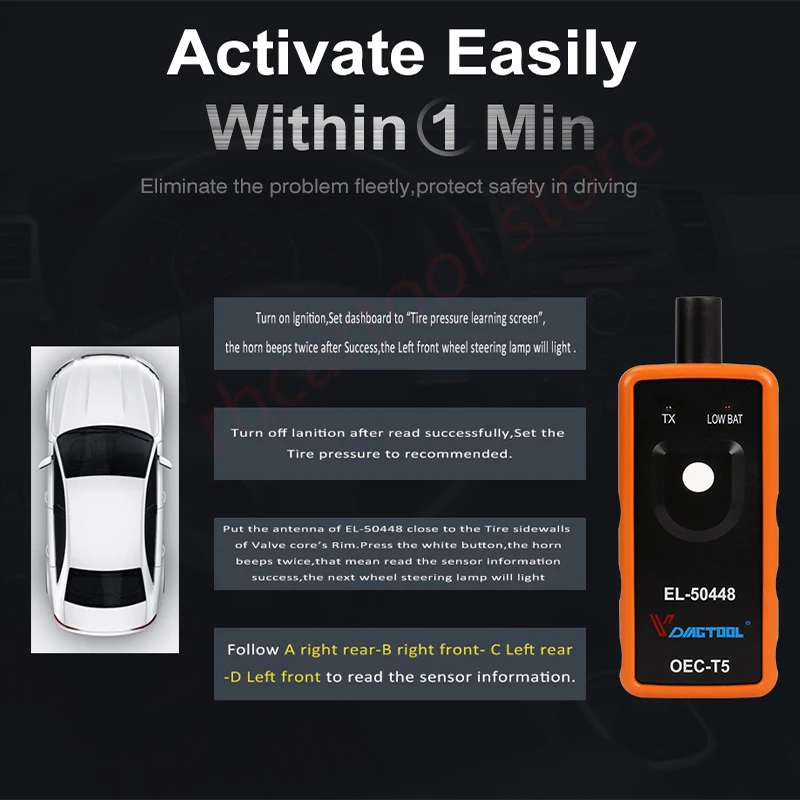 So, you don’t have to worry about making alterations that can interfere with the safety and performance of your vehicle.
So, you don’t have to worry about making alterations that can interfere with the safety and performance of your vehicle.
In summary, you can disable your tire sensors or TPMS. There are different ways to do this, but it is best to choose a non-invasive and failproof method – using a TPMS bypass emulator. However, if you decide to disable your TPMS, make sure that you stay vigilant when it comes to the condition of your tires and regularly check their pressure level.
Want to disable your tire sensors or TPMS? Do it safely and successfully using our bypass emulator! Visit our website to view our products!
The TPMS system is designed to constantly monitor the degree of inflation of tires. Due to frequent errors or malfunctions, some drivers want to disable tire pressure sensors to avoid constant maintenance and problems.
Contents
 1 Sensor reset button
1 Sensor reset button To understand how and why this is done, you should understand the design of the device and the principle of its operation. The skate inflation control system contains several interconnected blocks:
Principle of operation - pressure sensors monitor the degree of tire inflation in real time. When the boost drops below a predetermined level, the controller is triggered, the signal is sent to the block, where it is processed into pulses that are understandable for indication. Information is displayed on the dashboard.
The control system displays a malfunction on the panel by means of a special light bulb. The module signals to the driver that the pressure in one or more tires has dropped below the required level. This may indicate the presence of a puncture or severe damage to the tire.
This may indicate the presence of a puncture or severe damage to the tire.
The design and operation of the sensors are primitive. To perform diagnostics of the part, it is enough to execute:
If the TPMS module icon does not go out, you will need to disassemble the wheels and examine the status of the sensors in detail. The sensor is removed from the seat and inspected. If there are no visual violations, and the element refuses to work normally, it is recommended to change the battery in the device case.
Note! On some types of sensors, the power supply cannot be replaced. Such sensors are replaced immediately.
Calibration is not required for most element types. Devices from the factory are produced completely ready for operation. To activate them, you need to install them in the wheel and the system independently reads new sensors.
Devices from the factory are produced completely ready for operation. To activate them, you need to install them in the wheel and the system independently reads new sensors.
In some modifications, you will need to make pairings in manual mode. Each sensor has a serial number. It is driven into the corresponding menu field of the on-board computer, after which it is installed in the tire.
There may be several reasons.
The pressure sensor cannot be disabled by standard methods. There is no such option in the on-board computer.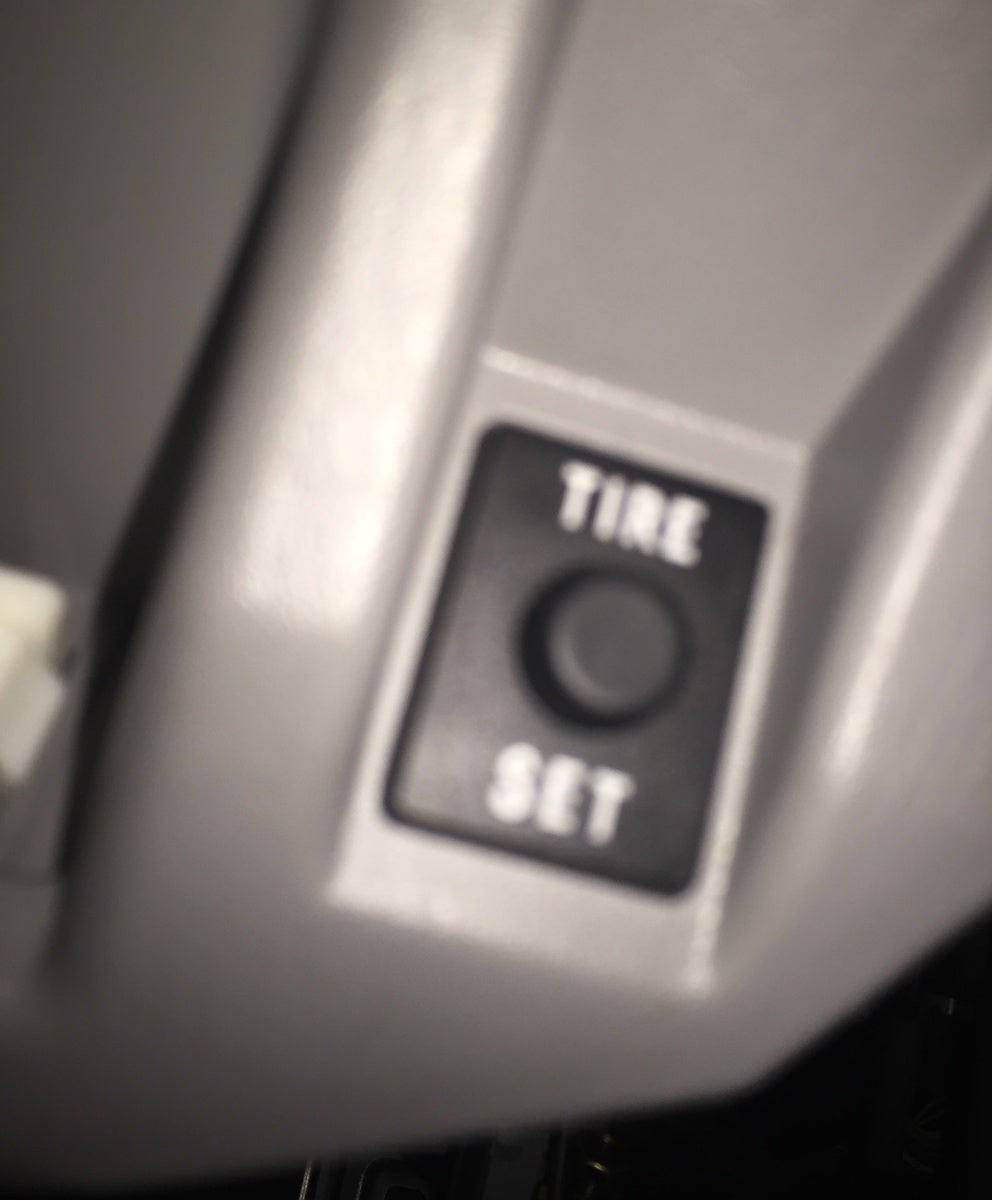 A flashing and “cutting out” of a part of the program code is in progress.
A flashing and “cutting out” of a part of the program code is in progress.
Some BCs have this feature. To deactivate - you need to press the desired button.
When a flat tire is detected, the sensors will signal a loss of pressure. In some vehicles such as Toyota, the sensors are turned off forcibly. Practiced on off-road vehicles, where the tires are bled to make it easier to overcome obstacles.
The fault code is cleared automatically. To remove the indication, you will need to pump up the wheels to a predetermined level and drive the car for about 10 kilometers.
On some versions of the car, in order to reset the counter, you need to enter the settings menu on the dashboard. Then proceed according to the instructions.
To use the button correctly, first read the manufacturer's instructions. The button is located on the dashboard or near the steering rack.
If the indicator lamp appears and does not go out, there are two reasons.
It is possible for the indication to appear when the driver has put on the spare tire. Some machines have 5 sensors. If one of them is outside the vehicle, the system will consider it as a breakdown.
Causes:

On many vehicles, the option to force the sensors to turn off is not provided and is performed only by changing the software.
Leave a review
Car tires are an important element of the car. Tire pressures must be checked regularly to ensure the safety of the driver and passengers. To perform this task, a tire pressure monitoring sensor is designed. The device of the sensor, the principle of its operation and possible malfunctions are discussed in this article. Photo and video materials are attached.
Contents
 1 How to disable the device?
1 How to disable the device? [ Expand]
[ Hide]
Tire pressure sensor (TPS) - a device that monitors air pressure in tires. They are sold as a set of 5 pieces. DDSH differs in the type of fastening. They can be external and internal.
External ones are cheaper, but unreliable, as they are put on the rubber air duct. The second type is mounted instead of an air duct inside the disk. Tires are pumped through them. These are reliable devices protected from external influences and aerobic loads. There are both mechanical and electrical sensors of both types, which differ in design and principle of operation.
Types of tire kits The simplest pressure sensors are mechanical. They are external caps that are installed instead of regular ones. They have a valve that measures the air pressure in the wheels. Depending on this value, the indicator is either in the green zone - pressure of 2 bar, or in yellow - up to 1.7 bar, or in red - up to 1.3 bar.
Depending on this value, the indicator is either in the green zone - pressure of 2 bar, or in yellow - up to 1.7 bar, or in red - up to 1.3 bar.
More complex electronic sensors. They have built-in electronic chips that need to be registered. With the help of chips, information about the pressure is transmitted to the display. The simplest electrical pressure control sensors are equipped with an indicator that lights up green if the reading is normal and lights up red if there is an abnormality.
Modern vehicles are equipped with universal TMPS - tire pressure monitoring system. According to European regulations, each machine must be equipped with a TMPS system, the operation of which is provided by sensors. Pressure control sensors are installed on each disc, so the repair kit consists of 4 devices. An example of a repair kit in the photo.
TMPS system repair kit Information is transmitted by radio signal at intervals of 15 minutes at rest and after 5 minutes in motion. The TMPS system processes the signals and displays information on the display. In the event of a malfunction, a warning light is on on the instrument panel. Batteries are used to power the DDS. The disadvantage of TMPS is that it cannot be disabled. Therefore, if the batteries are dead, the control light is on. In this case, the batteries need to be changed.
The TMPS system processes the signals and displays information on the display. In the event of a malfunction, a warning light is on on the instrument panel. Batteries are used to power the DDS. The disadvantage of TMPS is that it cannot be disabled. Therefore, if the batteries are dead, the control light is on. In this case, the batteries need to be changed.
The TPMS system uses external electronic sensors in the form of caps, which are included in the repair kit. They are installed instead of regular ones. They do not require balancing, they are easy to install, which is both a plus and a minus, since a thief can easily unscrew them. Tightness is provided only by a cap, which reduces their reliability.
There are LPs built into the wheel rims. The device is installed after the tire is disassembled on the rim of the disc near the nipple hole, which can be seen in the photo.
The device on the disk The tire is installed in place, balanced taking into account the LDS.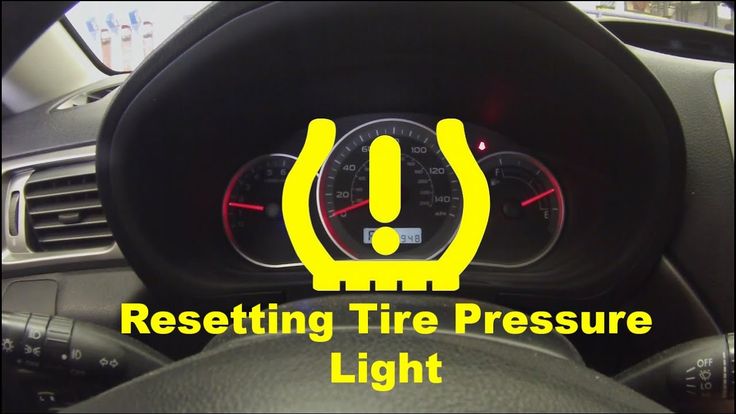 During operation, adaptation of devices takes place. The disadvantage of such devices is the complexity of installation: they must be registered, plus - protection from thieves, high tightness of the system.
During operation, adaptation of devices takes place. The disadvantage of such devices is the complexity of installation: they must be registered, plus - protection from thieves, high tightness of the system.
Microchips are another variant of the LDS, which are mounted inside the tire during its manufacture. The chip's memory contains all information about the tire (recommended pressure, dimension, date of manufacture, etc.). TPMS monitors changes in tire pressure. If pumping or tire fitting was carried out, they need to be calibrated. The disadvantage is the inaccuracy of the readings for some driving modes and the disposability of use, which leads to a rise in price.
Tire inflation optionsUncontrolled tire pressure can lead to increased fuel consumption, premature wear of the tread and cause accidents.
The main reason why automatic ventilators fail is dead batteries. To fix this problem, you need to change the batteries. Incorrect operation of devices after a tire puncture and its repair is possible. For example, they can issue requests to increase pressure on the screen.
Incorrect operation of devices after a tire puncture and its repair is possible. For example, they can issue requests to increase pressure on the screen.
The solution to this problem is to reset the pressure control devices, that is, reset the readings, and re-register after repair. If this does not help, then you need to contact the dealership.
The second most common cause is mechanical damage, such as a broken nipple. The most common cause of nipple failure is poor road surface. The nipple may be damaged by the owner of the car: if the indicator cap is carelessly unscrewed. Repair in this case is impossible, replacement with serviceable parts is necessary. These faults can be detected after a visual inspection.
Readings on the dashboard If the indicator is on, and the pressure is normal, then you need to reset the readings by resetting the device or re-register. To do this, with the engine off, turn on the ignition and, without starting the engine, press the SET button until a beep sounds. Thus, you can reset the readings, after which the device will give the correct readings. To register the device, you can contact the service center.
Thus, you can reset the readings, after which the device will give the correct readings. To register the device, you can contact the service center.
If mechanical damage is found to the LDS, repair will not help, but a replacement is needed. Repair of the TPMS system consists in replacing faulty sensors. Faulty LPDS can be detected using the TPS TEXA device by testing, the display of which shows all the information about each tire. Defective sensors detected by TPS must be replaced with serviceable devices.
TPS device for TPMSThe installation of monitoring sensors depends on the type of their placement. The easiest way to install sensors is in the form of caps. To do this, you need to purchase a repair kit, remove the standard caps and install with sensors. To install the DSh on the rims, it is necessary to remove the tires and install the devices on the rims of the rims in the area of the nipples.
Sensors can be programmed with the TPS TEXA tool.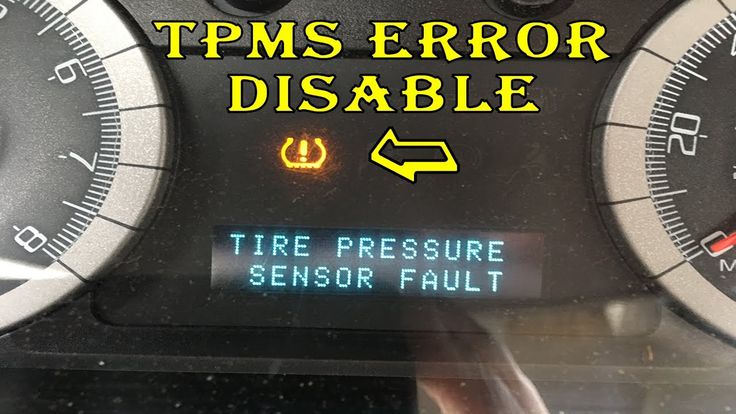 To do this, you need to enter the ID code of the programmable LP on the TPS screen and check that it is correct. The TPS device has an exclusive feature that allows you to scan universal LPs and identify a sensor for programming. Checking the relevant wheel shows that the TPS programming was successful.
To do this, you need to enter the ID code of the programmable LP on the TPS screen and check that it is correct. The TPS device has an exclusive feature that allows you to scan universal LPs and identify a sensor for programming. Checking the relevant wheel shows that the TPS programming was successful.
The TPS tool can check the nut tightening torque when mounting the sensor on the disc and the TPMS insertion procedure. Then, using TPS, you need to turn off the light informing about the error if it is on (the author of the video is the RusTechnika channel).
During a seasonal tire change, a situation arises that an error is generated when the TPMS system is installed. The question arises how to disable sensor control. It is not possible to completely disable the TPMS system. You can try turning off the warning light.